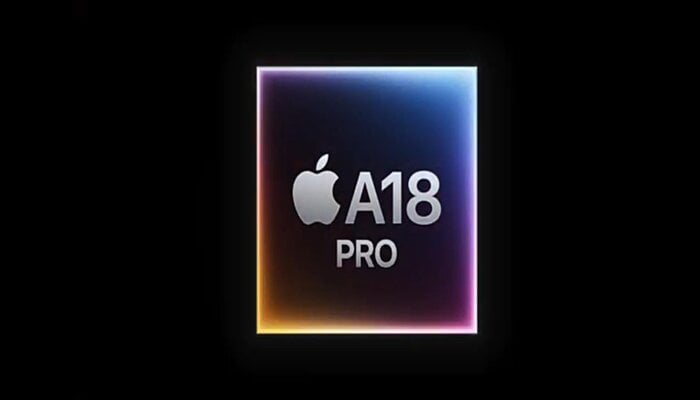
Apple released long-awaited new second-generation 3-nanometer (3nm) chips for both the iPhone 16 and the iPhone 16 Pro flagships, bringing significant improvements to the latest iPhone series.
The iPhone 16 and iPhone 16 Plus feature the A18 chip, while the iPhone 16 Pro and Pro Max are equipped with the A18 Pro chip.
Although there are several key differences between the two, opting for one entirely depends on individual needs and budget.
Read more: Apple Watch Series 10 vs Apple Watch Ultra 2 — Which one is better?
Gadinsider has got you a detailed comparison between both the chipsets for better comprehension of them.
A18 and A18 Pro have some similar features
Both chips are built using a 3nm process technology.
They have 6-cores in the CPU with four performance cores and two efficiency cores.
They are equipped with an upgraded 16-core Neural Engine which improves the process of completing complex tasks such as image generation and text generation.
Both have an improved memory subsystem that provides 17% faster data transfer speeds.
A18 chip specifications
- The A18 chip which supports the iPhone 16 and iPhone 16 Plus has a 5-core GPU. The standard models have a new thermal design.
- Apple revealed that it updated the main logic board of the devices, centralising chip placement and optimising the surrounding architecture.
- Moreover, the flagships also have a recycled aluminium substructure that disperses heat for 30% higher and better performance for gaming.
- The newly introduced A18 chip also adds hardware-accelerated ray tracing, which was first available in the iPhone 15 Pro models with A17 Pro. It is useful for gaming, and therefore, the iPhone 16 models can run all of the console games.
A18 Pro chip specifications
- While the A18 Pro chip has the same 6-core CPU as the A18, it has one more GPU core for a 6-core GPU rather than a 5-core GPU.
- According to the company, the iPhone 16 Pro maximises thermal capacity that using 100% recycled aluminium. It is bonded to the titanium frame using solid-state diffusion and is combined with a graphite aluminum substructure enabling a 20% improvement in gaming performance compared to the A17 Pro.
- Both chips are designed to provide an exceptional user experience and in the end, it ultimately depends on the user which one they want to prefer.















